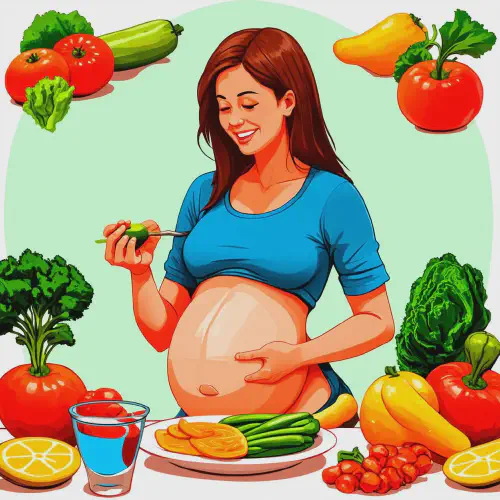# Introducing Solid Foods to Your Baby: A Comprehensive Guide
Congratulations, new parent! As your little one approaches six months old, you might be starting to think about introducing solid foods. This is an exciting milestone, but it's also important to approach it with careful planning and understanding. This guide will walk you through the process, offering advice and tips to make the transition smooth and enjoyable for both you and your baby.
## When to Start?
The American Academy of Pediatrics (AAP) recommends introducing solid foods around six months of age. However, this is just a guideline. Your baby's readiness is more important than their age. Look for these signs:
* **Good head and neck control:** Your baby can hold their head steady without support.
* **Sitting with support:** They can sit upright with minimal support.
* **Showing interest in food:** They watch you eat with interest and may even try to reach for your food.
* **Loss of the tongue-thrust reflex:** This reflex, which pushes food out of the mouth, typically fades around six months.
If your baby isn't showing these signs, don't worry! It's best to wait until they are ready. Forcing them to eat solids too early can be frustrating and potentially harmful.
## What Foods to Introduce First?
Start with single-ingredient foods to easily monitor for any allergic reactions. Good first foods include:
* **Iron-fortified infant cereals:** Rice cereal is often recommended as a first choice due to its mild flavor and low allergenicity. Mix it with breast milk or formula to create a smooth, thin consistency.
* **Pureed fruits and vegetables:** Sweet potatoes, avocado, bananas, and peas are all excellent options. Avoid honey until your baby is one year old.
* **Well-cooked and pureed meats:** Chicken, turkey, and beef are good sources of iron. Ensure the meat is thoroughly cooked and finely pureed.
Remember to introduce new foods one at a time, waiting 2-3 days between each new food. This allows you to identify any potential allergic reactions. Signs of an allergic reaction can include hives, swelling, vomiting, or difficulty breathing. If you notice any of these, contact your pediatrician immediately.

## How to Introduce Solid Foods?
* **Start with small portions:** Begin with just one or two teaspoons of food.
* **Offer food with a spoon:** Avoid using bottles or sippy cups for solid foods.
* **Be patient and encouraging:** Your baby may not be interested in solids at first. Don't force them to eat.
* **Make it fun:** Use colorful bowls and spoons to make mealtime more engaging.
* **Respond to your baby's cues:** If your baby shows signs of fullness, such as turning their head away or pushing the spoon away, stop feeding them.
## Potential Challenges
Introducing solids can present some challenges. Your baby might:
* **Refuse to eat:** This is perfectly normal. Keep offering a variety of foods, and don't get discouraged.
* **Gag or choke:** Gagging is a normal part of learning to eat. However, choking is a serious concern. Learn how to perform infant CPR and always supervise your baby closely during mealtimes.
* **Develop allergies:** Be vigilant for any signs of allergies and consult your pediatrician if you have concerns.
Remember, introducing solid foods is a journey, not a race. Be patient, be flexible, and enjoy this special time with your little one. Always consult your pediatrician or a registered dietitian for personalized advice tailored to your baby's individual needs and health status. They can offer guidance on appropriate foods, portion sizes, and addressing any specific concerns.
Breastfeeding Positions and Latch Techniques
A guide to comfortable breastfeeding positions and effective latch techniques for both mothers and babies.
Read More




Use the share button below if you liked it.
It makes me smile, when I see it.